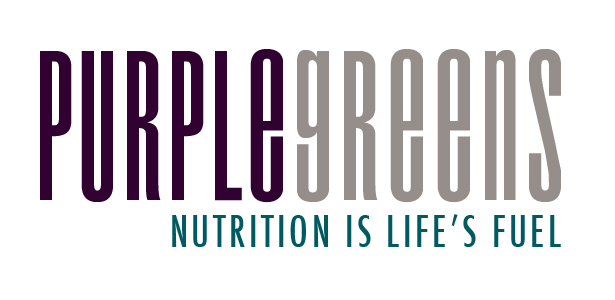It has been demonstrated that artificial sweeteners do not provide the promise of weight loss. Sure, artificial sweeteners are less calorie dense than sugar, so in theory, drinking a diet soda or eating foods with artificial sweeteners would save your calories and would prevent your blood glucose and insulin from spiking. Unfortunately, this is not the case. In fact, artificial sweeteners have been shown to increase hunger and insulin and with that your waistline.
Not only do drinks and food laced with artificial sweeteners increase your hunger and waistline, but a new study demonstrated that artificial sweeteners aspartame, acesulfame potassium-K (ace-K), and saccharin are genotoxic and cytotoxic. What does this mean? When a substance, like artificial sweeteners, is genotoxic, it implies that the substance destructively affects cells’ genetic material. Genotoxic substances are often called mutagens because it mutates the genetic material. Whereas cytotoxic substances, like artificial sweeteners, cause cell damage and death.
Most don’t realize that sports drinks contain sucralose and or ace-K to reduce the number of calories per serving. I don’t know about you, but I don’t want that junk in my drinks. Next time you grab a sports drink, check the label to make sure that it doesn’t contain artificial sweeteners like aspartame, ace-K, saccharin, and even sucralose.
Not only are artificial sweeteners damaging to your DNA and cells, but these substances are environmental pollutants that resist wastewater treatment. This implies that artificial sweeteners seep into our groundwater and drinking water systems. So even if you are trying to avoid artificial sweeteners, you are still consuming your fair dose of these nasty substances.
Contact us to learn how you can avoid artificial sweeteners in your diet!
Reference
Dorin Harpaz, Loo Yeo, Francesca Cecchini, Trish Koon, Ariel Kushmaro, Alfred Tok, Robert Marks, Evgeni Eltzov (2018). Measuring artificial sweeteners toxicity using a bioluminescent bacterial panel. Molecules, 23 (10): 2454

